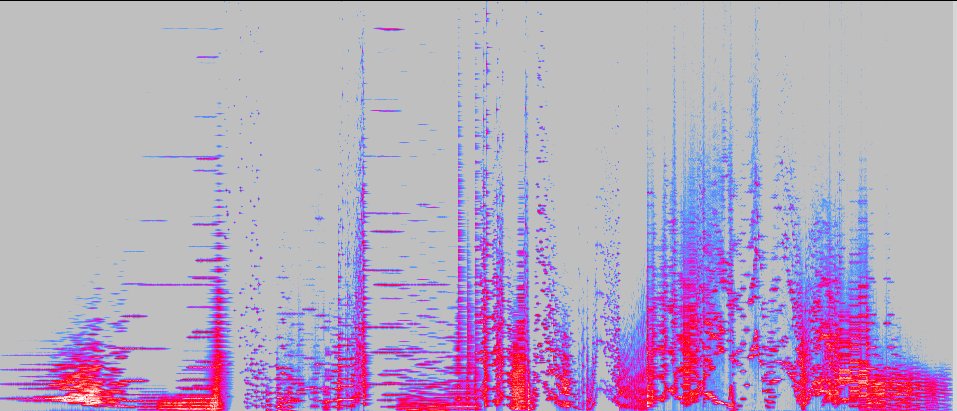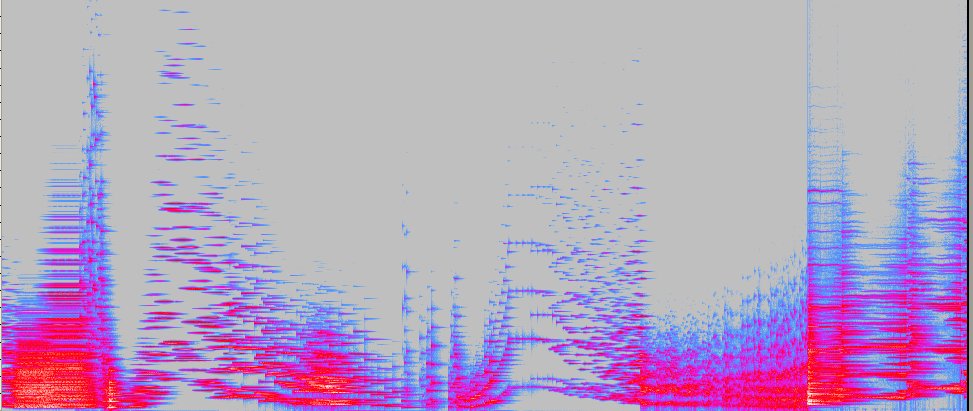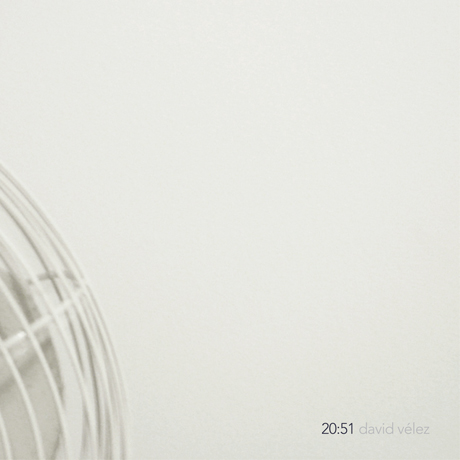
Ho composto Lo Spazio tra le Pietre per la manifestazione “Musica e Architettura”, organizzata dal Conservatorio Bonporti di Trento e Riva del Garda il 18/10/2008.
Dal mio punto di vista, i rapporti fra musica e architettura non si esauriscono nella pur importante questione della progettazione di luoghi per la musica, ma hanno aspetti più profondi che investono certamente la composizione e arrivano fino alla fruizione.
Se, da un lato, un edificio esiste staticamente nello spazio, non può essere apprezzato nella sua totalità senza un intervallo temporale. La sua forma globale non è mai evidente nella sua interezza, nemmeno dall’alto. Si forma nella memoria di chi ci si è avvicinato da molti lati e ha visto la sua forma perdersi, mentre i particolari costruttivi e poi i materiali diventano via via più evidenti. Analogamente, un brano musicale esiste staticamente in una qualche forma di notazione e si svela nel tempo. L’ascolto temporale ne evidenzia, via via, la struttura interna, gli elementi costitutivi e i dettagli.
Così, è possibile pensare un brano musicale come un oggetto statico e un edificio come una struttura dinamica. Ma è da un punto di vista compositivo che le analogie si fanno più strette.
Sotto l’aspetto compositivo, quando lavoro con suoni completamente sintetici che non derivano da alcun suono reale, come nel caso di questo brano, generalmente seguo un approccio top-down. Dapprima immagino una forma, spesso in termini spaziali e poi costruisco i materiali e i metodi con cui realizzarla.
Così, come nell’architettura, per me comporre un brano significa costruire i materiali di base partendo dalle componenti minime e modulare il vuoto temporale e spaziale che li separa, cercando di assemblarli in un ambiente coerente.
I parametri che manipolo, come nella musica strumentale, sono temporali e spaziali, ma, a differenza della musica strumentale, si estendono a livello microscopico. Così, la manipolazione del tempo non si ferma alle durate delle note, ma arriva ai tempi di attacco e decadimento delle singole componenti di ogni suono (le parziali armoniche o inarmoniche). In modo analogo, a livello spaziale il mio intervento non si limita all’intervallo, che determina il carattere delle relazioni armoniche, ma si spinge fino alla distanza fra le parziali che formano un singolo suono, determinandone, in una certa misura, il timbro.
Il punto, però, è che, nella mia visione della composizione, molto più importanti dei materiali sono i metodi. Anzi, anche gli stessi materiali, alla fine, derivano dai metodi. Il mio problema, infatti, non è mai quello di scrivere una sequenza di suoni e svilupparla, bensì quello di generare una superficie, una “texture”, avente una precisa valenza percettiva.
In realtà, questa è texture music. Anche quando credete di ascoltare un singolo suono, in realtà ne ascoltate minimo 4/5. E non parlo di parziali, bensì di suoni complessi, ognuno dei quali ha da un minimo di 4 parziali, fino a un massimo di circa 30. Per esempio, il SOL# iniziale, che nasce dal nulla e poi viene circondato da altre note (FA, SIb, FA#, LA) è composto da 8 suoni con pochissima differenza di altezza che si rinnovano ogni 0.875 secondi. Così si crea la percezione di un suono singolo, ma dotato di un certo tipo di movimento interno.
Texture music, micro-polifonia che si muove molto al di sotto della soglia del temperamento base 12. In effetti, qui lavoro con una ottava divisa in 1000 parti uguali e in certi punti del brano coesistono migliaia di suoni complessi contemporaneamente per generare un singolo “crash”.
Ne consegue che non è possibile scrivere a mano una “partitura” del genere. Ho ideato e programmato personalmente un software compositivo chiamato AlGen (AlgorithmGeneration) mediante il quale io piloto le masse e il computer genera il dettaglio (i singoli suoni).
AlGen esisteva già nel 1984 ed era stato utilizzato per comporre Wires, a cui questo brano deve molto, ma, mentre a quei tempi era solo un blocco di routine che il sottoscritto aveva collegato al programma di sintesi Music360 di Barry Vercoe (l’antenato diretto dell’odierno CSound), per questa occasione è stato completamente riscritto ed è un software a se stante. Nella versione odierna incorpora varie distribuzioni probabilistiche, metodi seriali, algoritmi lineari e non-lineari per controllare meglio le superfici generate e soprattutto la loro evoluzione (per una volta, i frattali non c’entrano, per ora).
Ciò nonostante, AlGen non incorpora nessuna forma di “intelligenza”. Non prende decisione in base all’armonia, al contesto, eccetera. È un cieco esecutore di ordini. Pesca in un insieme probabilistico o calcola funzioni e genera note, ma fortunatamente non pensa e non decide. Quelli che tratta sono puri numeri e non sa nemmeno se sta calcolando durate, densità o frequenze.
Di conseguenza la completa responsabilità del risultato finale è attribuibile solo al sottoscritto. Quando ascolto una massa sonora e riguardo i numeri che ho passato al programma, capisco perfettamente perché suona così ed è solo per quello che posso fare le necessarie correzioni.
Lo Spazio tra le Pietre è stato composto nel mio studio in settembre – ottobre 2008 e sintetizzato in 4 canali mediante CSound. Algoritmo di sintesi: FM semplice.
Partitura CSound generata grazie al software di composizione assistita AlGen realizzato dall’autore.
L’intero brano è pensato come una struttura spaziale. Il suo skyline è evidente del sonogramma a inizio pagina e la sua struttura. come alternanza di forme, pieni e vuoti, è ben visibile nell’ingrandimento di un frammento di circa 1 minuto (qui sotto, come al solito potete cliccare sulle immagini per ingrandirle).
Mauro Graziani – Lo Spazio tra le Pietre (2008), computer music
Dimenticavo: con le normali cassettine da computer ne sentite all’incirca la metà.




 20’51” è il nuovo lavoro del compositore colombiano, trasferito a NY,
20’51” è il nuovo lavoro del compositore colombiano, trasferito a NY, 
 No, non si tratta della sonata 29 op. 106 di Ludwig Van, ma di un recente lavoro elettroacustico di
No, non si tratta della sonata 29 op. 106 di Ludwig Van, ma di un recente lavoro elettroacustico di